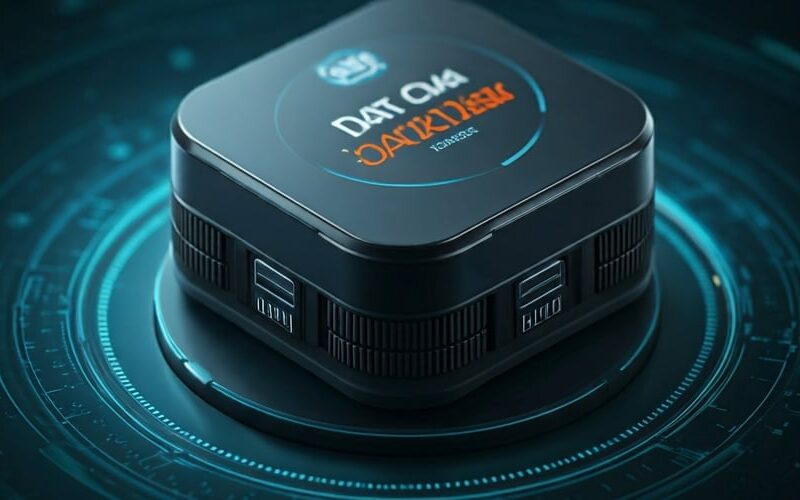What is a virtual machine?
A virtual machine is like a computer within a computer. It’s a software-based version of a physical machine, complete with its own: CPU: Processes instructions
Memory (RAM): Stores data while the VM is running
Storage: Holds files and applications
Network interface: Allows it to connect to the internet or other networks.
What is RDP?
RDP stands for Remote Desktop Protocol. It’s a network communication protocol developed by Microsoft that allows users to connect to and control another computer remotely. This means you can access and interact with a remote computer’s desktop, files, and applications as if you were sitting in front of it.
What is a data disc?
A data disc is a type of disc used to store electronic data, such as files and applications.
It’s similar to an audio CD but is specifically designed for storing data.
Here are step by step to create virtual machine, RDP into it and add a data disc
A .1 search for virtual machine
in the search bar and click on the virtual machine
- Start the Creation Process
To Do: Click the “Create” button to start the virtual machine creation process. Choose “Create a virtual machine hosted by Azure”.
- Enter Project Details
To Do: Select the appropriate subscription and create a resource group by clicking the “Create resource group” button and giving it a name(vmrg) and click ok .
- Enter Virtual Machine Details
To Do: Provide information about your virtual machine, such as the name, operating system (choose either Ubuntu Server 20.04 or Windows Server Datacenter -x64 G2), size, and other configuration settings. Leave other options as default. (I choose window 10pro version from the drop down)
- Create an Administrator Account
To Do: Choose “Password” for the authentication type. Use “Azureuser” for the username and “Password123@# for the password.
- Select Inbound Port Rules
To Do: Select SSH if you chose a Linux VM and RDP if it’s a Windows VM. This allows IP addresses to connect to the VM.(I choose RDP)
- Check Licensing
To Do: By default, this is unchecked. Click the box to check it.
- Disable Boot Diagnostics
To Do: Click “Next” until you reach the “Boot diagnostics” in the Monitoring tab, and click on “Disable”.
- Review and Create and create
To Do: Click on the “Review + Create” button. If the validation passes, the deployment will proceed. If not, note any recommendations, fix them, and try again. Deployment might take 3-5 minutes.
- Check the Status
To Do: If the VM is running, the task has succeeded.
- Access the Virtual Machine
To Do: Once the virtual machine is deployed, click on the “Connect” button in the virtual machine blade in the Azure portal.
- Download RDP File
To Do: Click “Native RDP”, select, and wait for the configured sign to be displayed on the right-hand side. Download the RDP file.
- Connect to the VM
To Do: Open the RDP file from your local computer and click on “Connect”. Enter the admin details created during the VM setup.
B. Install a data disk in a virtual machine
Having successfully created a virtual machine, here are step by step to install a data disk in a virtual machine
- Open the virtual machine created and click on the disk under setting
- Click on + create and attach a new disk under under data disks
- Select LUN to input the total number of disc you want to add (I choose 5) and give your disk a name (I used datadisk) , For storage type select SSD for fast response time (I choose standard SSD) also select the size of your data disk (I choose 10) then select apply
To make use of datadisk added to the virtual machine you must format it first to do that
a. Go to overview, click on connect

b. Download RDP File
To Do: Click “Native RDP”, select, and wait for the configured sign to be displayed on the right-hand side. Download the RDP file.

c. Connect to the VM
To Do: Open the RDP file from your local computer and click on “Connect”. Enter the admin details created during the VM setup
d. Search for disk management in the search bar of the virtual machine that you login into and click on format and create hard disk partition

e. Select ok to initialize a disk before logical disk manager can access it

f. Scroll down and right click on 9.98GB unallocated to select new simple volume that you will click on to format the disk

h. When you get to a place that says perform a disk format ,at the volume label box write Datadisk as the name this name is generally used by azure then click next till it gets to finish

i. Datadisk is formatted and ready for use
Source link
lol





















